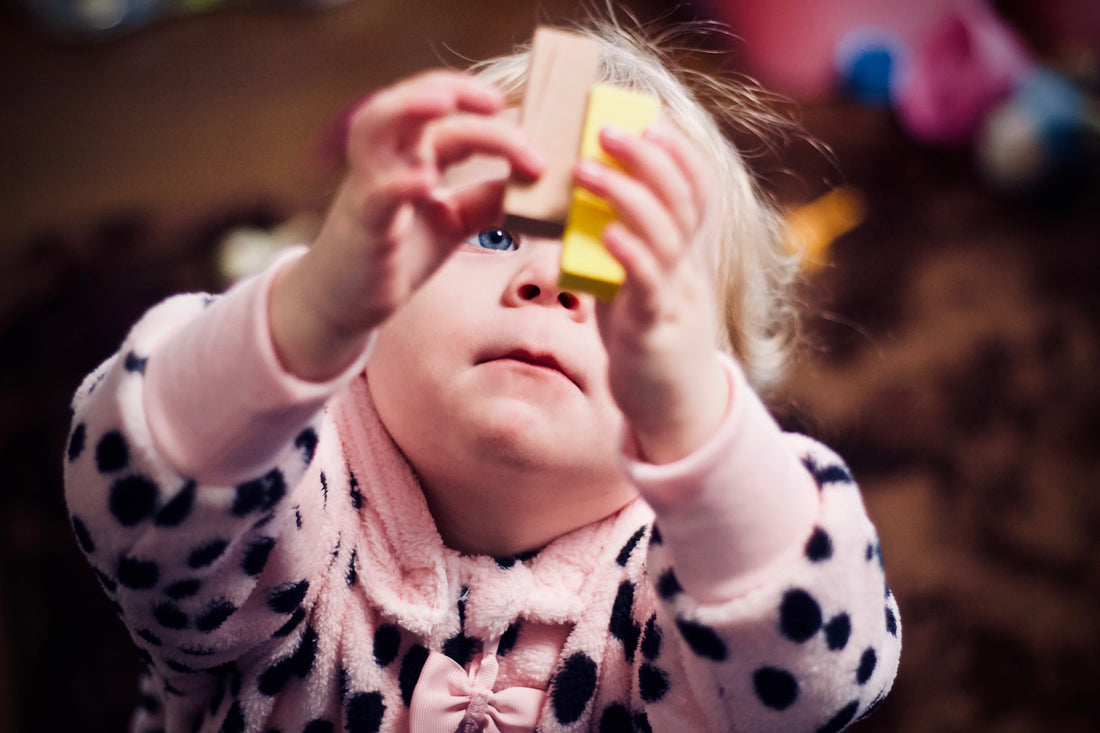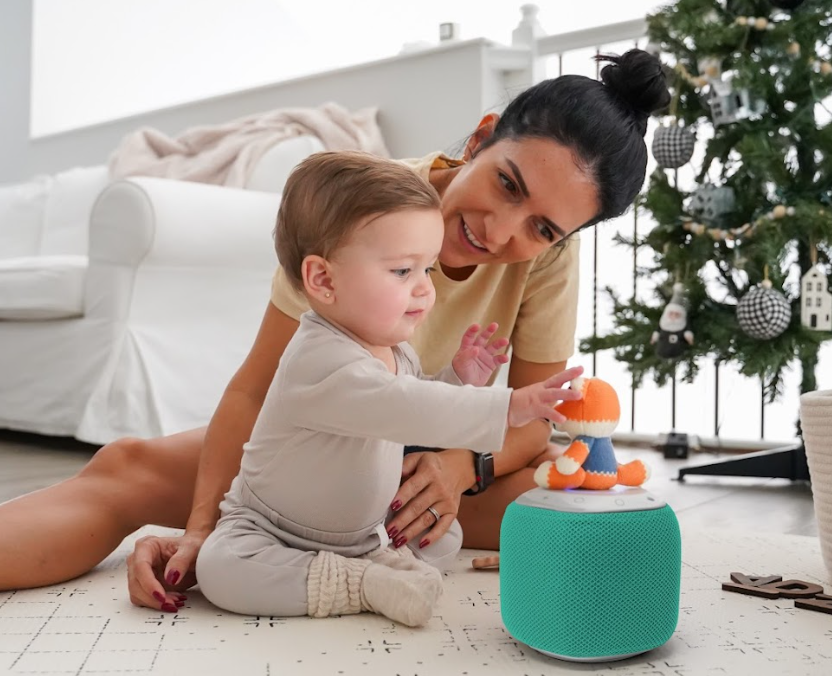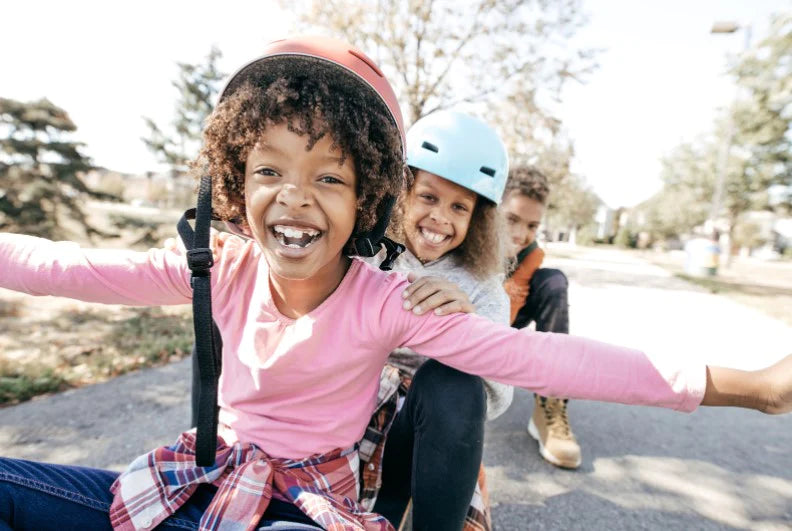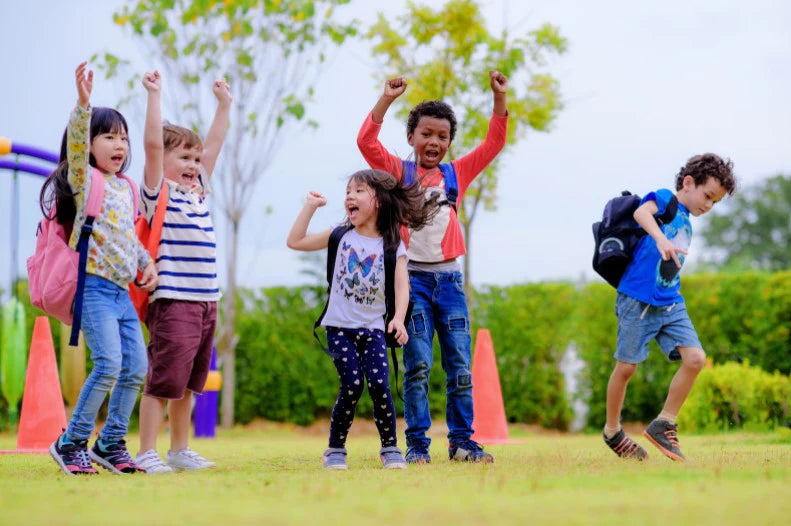Matching and sorting are two important cognitive skills that are essential for children's learning that develops at around 19-24 months. These skills help children understand and organize information, solve problems, and make decisions.
What is the Difference Between Matching & Sorting and Why are They so Important?
Matching is the ability to recognize similarities between objects or ideas. It involves comparing and finding similarities between two or more items. For example, a child might be asked to match a red block with a red truck, or to match a square shape with a square hole. Matching helps children develop their observation and comparison skills, as well as their ability to categorize and classify information.
Sorting is the process of organizing and categorizing objects or ideas into groups based on their attributes or characteristics. For example, a child might be asked to sort a group of toys by color, size, or type. Sorting helps children develop their categorization and classification skills, as well as their ability to analyze and compare information.
Developing & Strengthening Matching & Sorting Skills
- Educational toys & games - One way to strengthen matching and sorting is through the use of educational toys and games that focus on these skills. For example, shape sorters, matching cards, and puzzles can all be used to help children practice and improve these abilities.
- Use everyday objects - Another way to strengthen these skills is through the use of everyday objects and activities. Parents can encourage children to match socks or sort their toys by color or type. These simple activities can help children develop their matching and sorting skills in a fun and engaging way.
- Nature sorting - The outdoors are full of beautiful patterns, shapes, and colors that can be used to practice matching and sorting. Ask your child to organize a pile of rocks into size or to sort a collection of seashells at the beach. Have them find leaves and flowers that have similar attributes. In the same vein, you can also have them sort your produce in the kitchen.
- Match using the 5 senses - Don’t forget that things can be matched not only through sight, but with sound, taste, touch, and smell, as well. One very simple and common activity is having your child match animal noises. You can also have fun with blindfold tests using taste and touch. Take turns blindfolding members of the family and see if they can identify a food through its taste or an item through the way it feels. This activity is not only educational, but plenty of fun!
- Model good matching & sorting - It's also important for parents and caregivers to model good matching and sorting skills for children. For example, when organizing a closet or pantry, parents can show children how to sort and organize items by category, such as clothing, toys, or food. Get them involved in the organization process and see if they can help!








